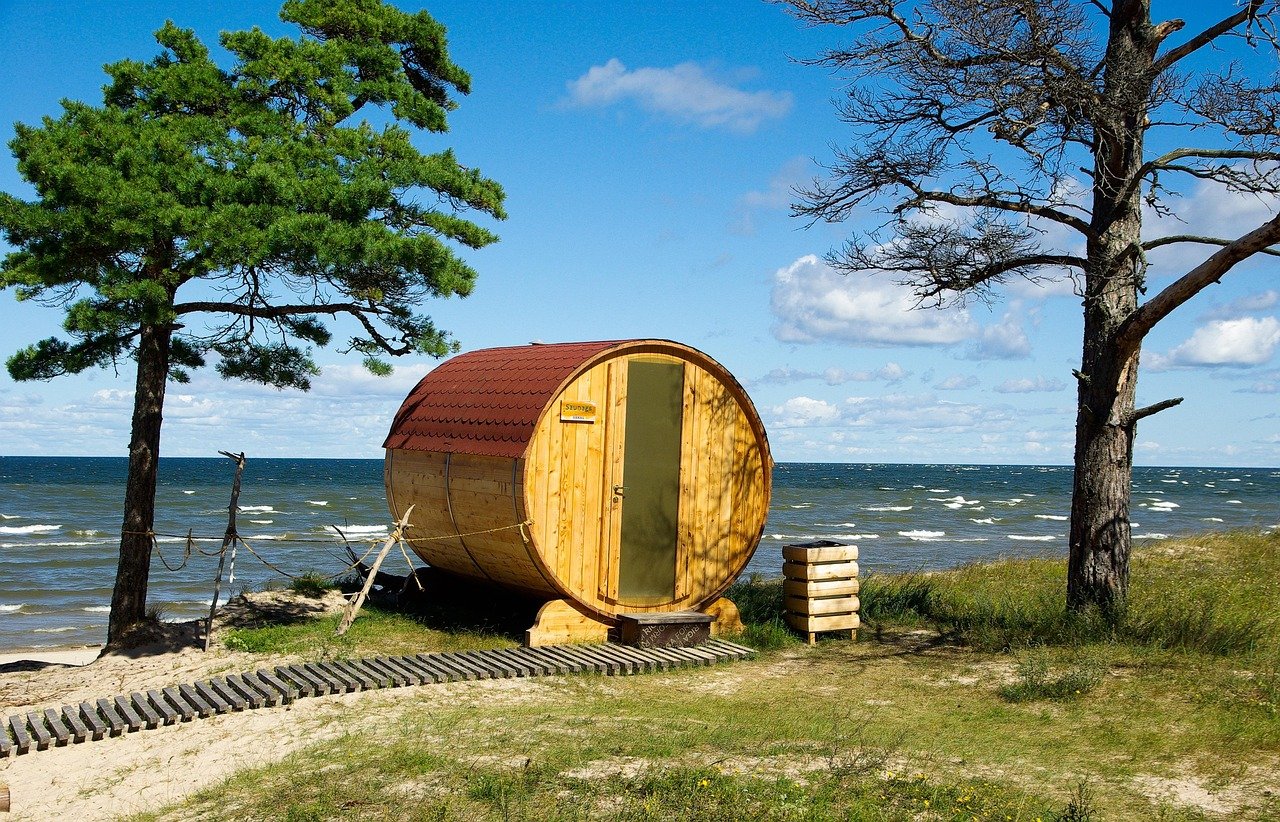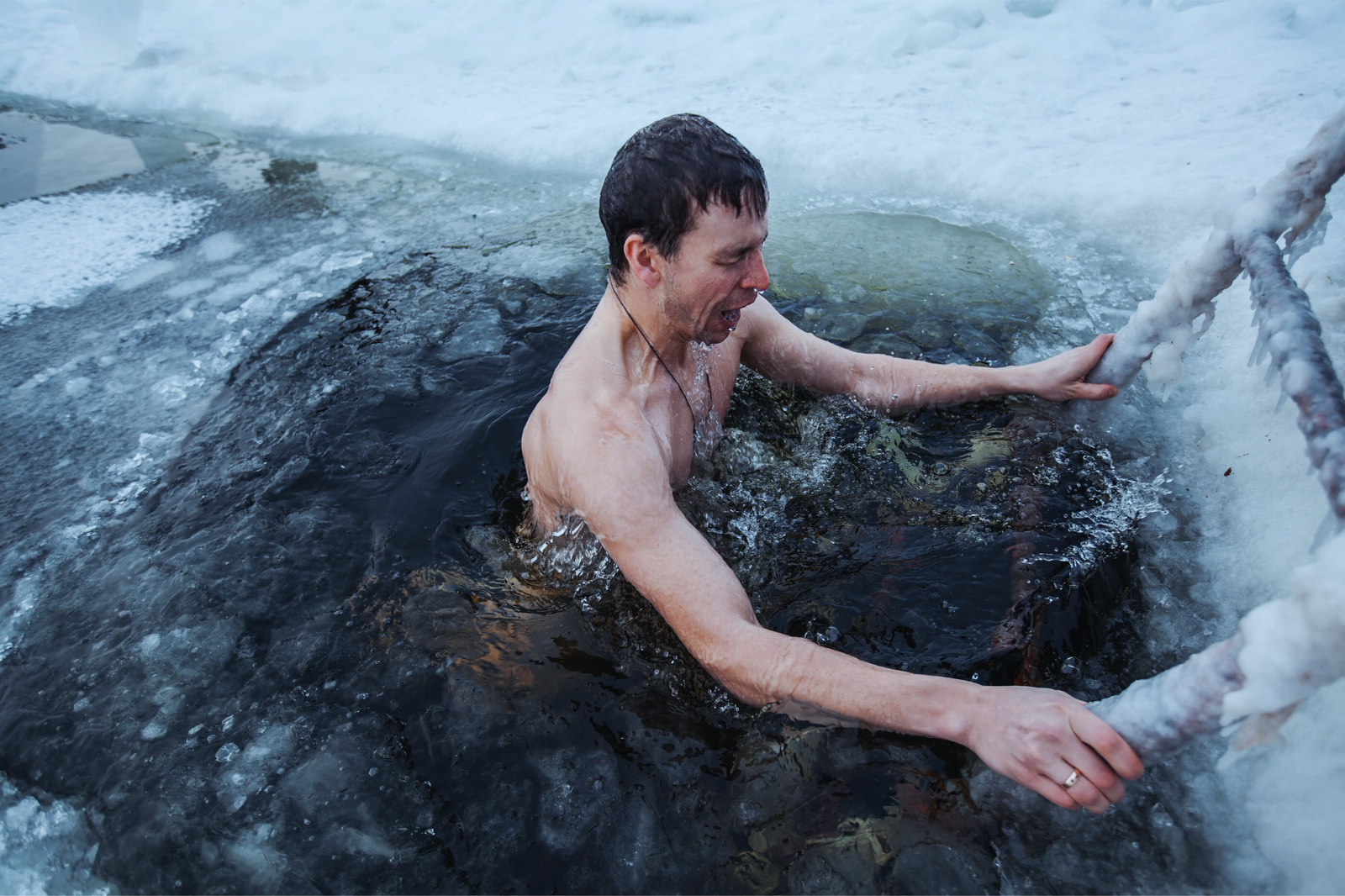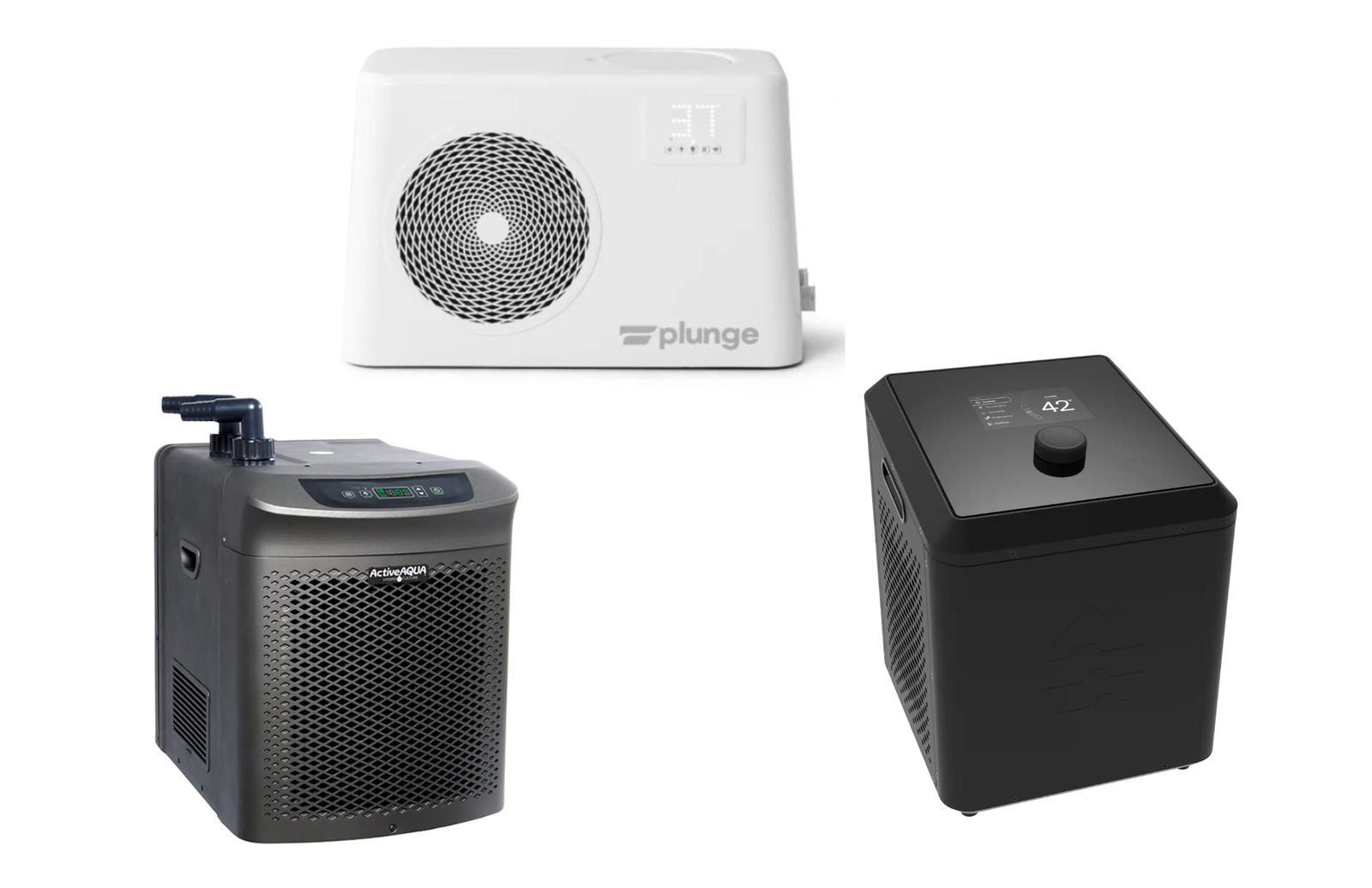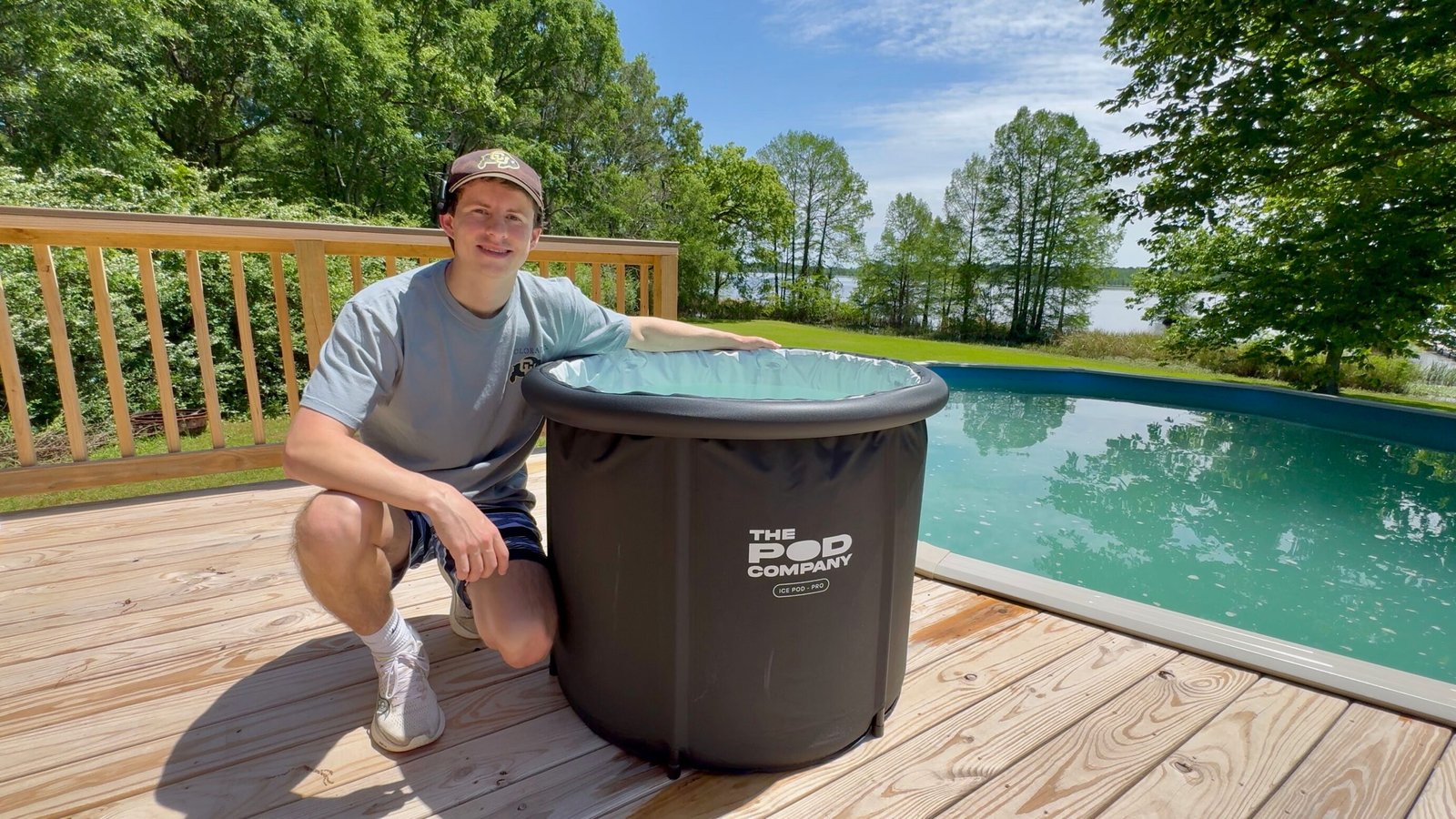How Hot Should A Sauna Be? A Complete Temperature Guide

Ever wonder how hot your sauna should be? The answer isn’t one-size-fits-all.
Your perfect sauna temperature depends on your experience level, the type of sauna you use, and your personal comfort.
Let’s break down what the research shows and how to find your ideal heat setting.
Optimal Temperature Guide (For dry saunas):
Level | Temperature | Length | Frequency |
|---|---|---|---|
Beginner | 130-150°F (54-65°C) | 5-10 minutes | 2-3x / week |
Intermediate | 160-170°F (71-77°C) | 10-15 minutes | 3-4x / week |
Experienced | 174-190°F (79-88°C) | 20-30 minutes | 4/7x / week |
Avoid Above | 200°F (93°C) | Any | Any |
Start With a Beginner’s Mindset
Don’t jump into the hottest setting right away. If you’re new to saunas, begin with lower temperatures and keep sessions short.
Being exposed to high heat for extended periods can provide life-changing benefits, but it can also be dangerous if you’re not careful.
Always have a cold drink with electrolytes nearby to stay hydrated during your session.
Pro tip: Heat up with your sauna if you’re a beginner. Grab a book or your phone, turn the heater on, and get in as the sauna warms up. This helps your body acclimate slowly and doesn’t feel as intense.
It’s similar to putting fish in a new tank—you don’t throw them into water that’s a different temperature than what they’re used to; you let them adjust gradually.
The Sweet Spot
Research points to some specific temperature ranges for maximum benefits.
A study by Dr. Rhonda Patrick shows that a temperature of 174°F with 10-20% humidity provides the most health benefits when used for 19 minutes, 4-7 times weekly.
This consistent exposure has been associated with a remarkable 50% reduction in cardiovascular disease-related death and cardiovascular disease overall.
At 163°F for 30 minutes, heat shock proteins increase by about 50% over baseline levels. These proteins are crucial for helping cells maintain their structure.
Dr. Patrick also says, “They help proteins from becoming disorganized and destructured because when they become that way, they form aggregates, which then can form plaques, which can form in the vascular system or the brain.”
The importance lies in the fact that plaques in the body are associated with Alzheimer’s disease. Saunas reduce that risk.
Health Benefits at Different Temperatures
The reason temperature matters so much is that different physiological responses are triggered at different heat levels:
- Lower temperatures (130-150°F): Increased blood flow, relaxation, and modest sweating
- Medium temperatures (150-170°F): Deeper muscle relaxation, more profuse sweating, and moderate cardiovascular stimulus
- Optimal temperatures (170-180°F): Maximum activation of heat shock proteins, significant cardiovascular benefits, and full detoxification potential through sweating
The research shows that for cardiovascular benefits specifically, you need to achieve that 174°F sweet spot.
Lower temperatures may feel good and provide some benefits, but won’t deliver the same level of cardiovascular protection.
Different Types of Saunas Feel Different
Your experience will vary based on the type of sauna you use.
Infrared saunas typically reach 140-150°F, so you might need longer sessions to get the same benefits as hotter traditional saunas.
Wet saunas make heat feel like it’s penetrating your bones, while dry saunas can feel like being locked in an oven.
Regardless of the type—infrared, electric, steam, wood-burning, smoke, or even a portable sauna—your body temperature and heart rate will increase, which is where many of the benefits come from.
More Isn’t Always Better
Be careful about cranking up the heat too high. One research study found that saunas over 200°F might actually increase the risk of Alzheimer’s disease and dementia.
It’s not fully understood why, but it shows that more isn’t better when it comes to sauna heat.
There’s a window during which it’s safe and provides the most benefits and that’s what you should stick to.

Sessions longer than 30 minutes may be excessive for most people. The goal is to find a safe window during which you can reap the benefits without taking risks.
Know When to Exit
Listen to your body. Exit the sauna immediately if you experience:
- Dizziness
- Nausea
- Headache
- Extreme discomfort
These are warning signs that your body is overheating.
Return to sauna use only when you feel fully recovered, and consider using lower temperatures or shorter sessions next time.
Consistency Beats Intensity
Here’s the real secret to sauna benefits: consistency matters more than intensity.
Two 20-minute sessions weekly for a year beats four 30-minute sessions weekly for a few months.
The minimum requirement for seeing benefits is two sessions per week, but regular sessions at moderate temperatures are better than occasional extreme sessions.
Being consistent is harder than it seems. Before every session, you have to heat the sauna, change clothes, spend time in the heat, clean the sauna, and then clean yourself.
Even though research says multiple times per week is optimal for maximum benefits, that might not fit into your lifestyle. If doing it fewer times per week means you’ll stick with it, then that’s the better approach.
The last thing you want is for your sauna to become something you dread rather than something you look forward to.
Cooling Down Between Sessions
If you’re doing multiple sauna sessions in one day, make sure to cool down completely between rounds. Take a cool shower or rest at room temperature until your body has returned to normal.
This cooling phase is actually part of what makes sauna use so beneficial, as the contrast between hot and cold creates additional cardiovascular benefits.
Heat Tolerance Varies
Many factors affect how you handle heat. People who live in Florida can be comfortable in 100+ degree weather, while visitors from New York might be miserable.
Adapting to heat happens with consistent use over time. If your goal is to spend 20 minutes in a 174°F sauna several times a week, you’ll need to gradually build up your heat tolerance.

Everyone starts with a different baseline, so be patient with yourself as you build tolerance.
Interestingly, building too much heat tolerance isn’t all good. Most benefits come from the stimulus that heat provides. If you get less stimulated by the heat, you’ll experience fewer health benefits.
The goal is to keep the stimulus challenging without overdoing it.
Summary
For beginners, start at lower temperatures (130-150°F) with shorter sessions (5-10 minutes). Work your way up to 160-170°F for 10-20 minutes as your body adapts. The research-backed sweet spot is around 174°F for 20-30 minutes, but avoid temperatures above 200°F due to potential health risks.
The best sauna temperature challenges your body enough to trigger health benefits, while remaining safe and enjoyable enough that you’ll keep doing it week after week.
Listen to your body, start slow, and be consistent.
What’s your favorite temperature for a sauna? Let me know why in the comments below!
FAQs
Medical Disclaimer
The information contained in this post is for informational and educational purposes only. It is not intended to provide medical advice or to take the place of such advice or treatment from a personal physician. All readers/viewers of this content are advised to consult their doctors or qualified health professionals regarding specific health questions or before embarking on any new health or wellness routine, including saunas and cold plunging. Neither the author(s) nor the publisher of this content take responsibility for possible health consequences of any person or persons reading or following the information in this educational content. All viewers of this content, especially those taking prescription or over-the-counter medications, should consult their physicians before beginning any cold plunging routine or other health or wellness program.








